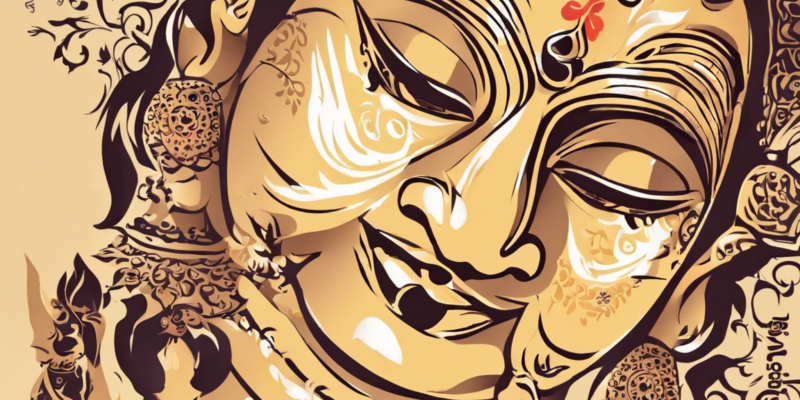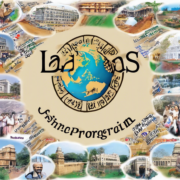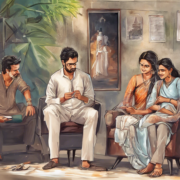Mahalaya is a significant occasion in the Hindu calendar, marking the beginning of Devi Paksha and the end of the pitri-paksha (Shraddha). This auspicious day holds immense cultural and spiritual significance for Hindus, especially for those who follow the Bengali tradition. Mahalaya is observed seven days before Durga Puja, one of the biggest festivals celebrated in Eastern India, particularly in West Bengal, Assam, Tripura, and Odisha. The day is synonymous with invoking the goddess Durga and paying homage to one’s ancestors. As the autumnal festival approaches, let’s delve into the celebrations and traditions associated with Mahalaya.
Significance of Mahalaya:
Mahalaya marks the onset of the Devi Paksha and is believed to be the day when the goddess Durga begins her journey to Earth. According to Hindu mythology, Mahalaya is the day when the goddess begins her preparations to descend on Earth and rid it of the demon Mahishasura. It is also a day to remember and honor one’s ancestors by offering tarpan (oblations) during the pre-dawn hours.
Rituals and Traditions:
-
Mahalaya Amavasya: This day is observed on the new moon day, and it is considered highly auspicious to perform pitru tarpan (ancestral rites) during this time.
-
Chanting of Mahalaya Mantras: Devotees wake up early in the morning to listen to the enchanting recitations known as “Mahishasura Mardini,” which are hymns in praise of the goddess Durga.
-
Offerings to the Ancestors: People offer food, water, and prayers to their deceased ancestors as a way to seek their blessings and guidance.
-
Decorating the Home: Many households engage in cleaning and decorating their homes with rangolis and flowers to welcome the goddess and create a festive ambiance.
Celebrations Across India:
While Mahalaya is predominantly celebrated in Eastern India, its essence spreads across the country. In other regions, the day is observed by listening to the rendition of “Mahishasura Mardini” broadcasted on the radio or television. The powerful rendition by legendary singer Birendra Krishna Bhadra is a traditional favorite among listeners.
Mahalaya in the Modern Era:
In contemporary times, Mahalaya has evolved with technology, allowing people to live stream the Mahishasura Mardini recitations, listen to devotional songs on digital platforms, and connect with the festivities virtually. Social media platforms also play a significant role in spreading awareness and uniting people in celebrating this sacred occasion.
FAQs:
- What is the significance of Mahalaya in the Hindu tradition?
-
Mahalaya marks the beginning of Devi Paksha and is a time to honor both the goddess Durga and one’s ancestors.
-
How is Mahalaya celebrated in different parts of India?
-
While primarily celebrated in Eastern India, Mahalaya’s essence is recognized across the country through radio broadcasts and virtual celebrations.
-
Why is it important to perform ancestral rites on Mahalaya Amavasya?
-
Performing pitru tarpan on Mahalaya Amavasya is believed to bring peace to the souls of one’s ancestors and seek their blessings for prosperity and well-being.
-
What role does technology play in modern Mahalaya celebrations?
-
Technology has enabled virtual participation in Mahalaya celebrations, including live streaming of rituals, online devotional music, and social media engagement.
-
How does Mahalaya lead up to the festival of Durga Puja?
- Mahalaya sets the stage for Durga Puja by invoking the goddess Durga and inviting her blessings for a joyous and prosperous festival ahead.
In conclusion, Mahalaya is a time of reflection, remembrance, and spiritual rejuvenation. It symbolizes the triumph of good over evil and serves as a reminder to pay homage to our roots and seek blessings for the future. By embracing the festive spirit of Mahalaya, individuals can connect with their cultural heritage and usher in the much-awaited celebrations of Durga Puja with reverence and joy.












Comments